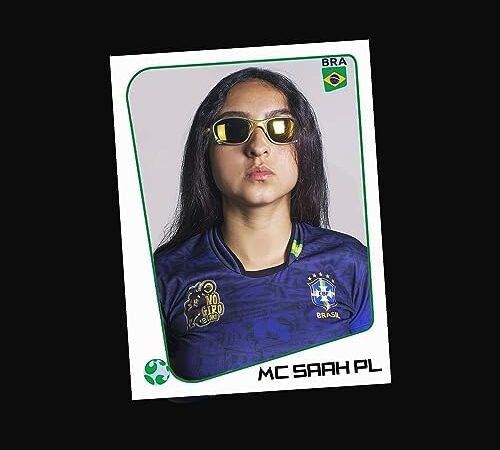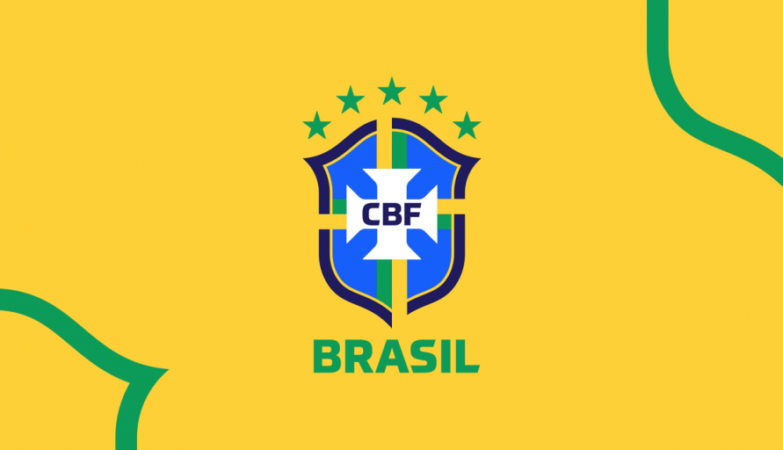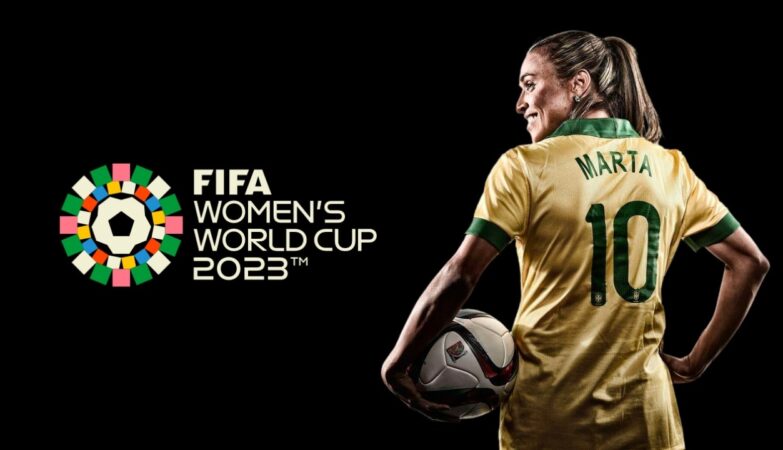O campo de jogo deve ser retangular e marcado com linhas contínuas, que não
podem representar perigo. As marcações dos campos de grama natural poderão
ser feitas com grama artificial, desde que isso também não represente perigo.
Essas linhas são parte integrante das áreas delimitadas por elas.
Somente as linhas estipuladas na Regra 1 devem ser marcadas no campo de jogo.
Quando forem utilizadas superfícies artificiais, outras linhas estão autorizadas,
desde que sejam de cor diferente e se distingam claramente das linhas do futebol.
As duas linhas limítrofes mais longas se denominam “linhas laterais”. As duas
linhas mais curtas são as “linhas de fundo” ou “linhas de meta”.
O campo de jogo é dividido em duas metades por uma linha de meio de campo, que
une os pontos médios das duas linhas laterais.
A marca central se situa no ponto médio da linha de meio de campo. Ao redor da
marca central é traçado um círculo com um raio de 9,15 m.
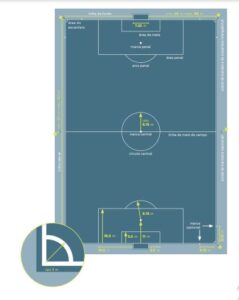
• As medidas são tomadas a partir da borda externa das linhas, já que as linhas
formam parte da área delimitada por elas.
• A distância da marca penal é medida a partir de seu centro até a borda externa
da linha de fundo.
Também podem ser feitas marcas fora do campo de jogo, a 9,15 m a partir dos
quartos de círculo do escanteio e perpendiculares às linhas de fundo e paralelas às
linhas laterais.
Todas as linhas devem ter a mesma largura, que não pode ser superior a 12 cm. As
linhas de fundo devem ter a mesma largura das traves e do travessão.
Se um jogador fizer marcas não autorizadas no campo de jogo, deve ser advertido
com CA por conduta antidesportiva. Se o árbitro perceber isso durante o jogo, o
infrator deve ser advertido com CA assim que a bola estiver fora de jogo.
TEXTO EM INGLÊS
The field of play must be rectangular and marked with continuous lines which
must not be dangerous; artificial playing surface material may be used for the
field markings on natural fields if it is not dangerous. These lines belong to the
areas of which they are boundaries.
Only the lines indicated in Law 1 are to be marked on the field of play. Where
artificial surfaces are used, other lines are permitted provided they are a
different colour and clearly distinguishable from the football lines.
The two longer boundary lines are touchlines. The two shorter lines are
goal lines.
The field of play is divided into two halves by a halfway line, which joins the
midpoints of the two touchlines.
The centre mark is at the midpoint of the halfway line. A circle with a radius of 9.15 m (10 yds) is marked around it.
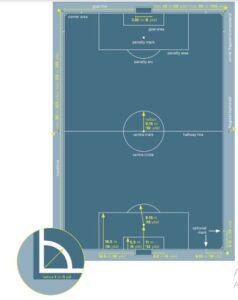
• Measurements are from the outside of the lines as the lines are part
of the area they enclose.
• The penalty mark is measured from the centre of the mark to the back edge
of the goal line.
Marks may be made off the field of play 9.15 m (10 yds) from the corner arc
at right angles to the goal lines and the touchlines.
All lines must be of the same width, which must not be more than 12 cm
(5 ins). The goal lines must be of the same width as the goalposts and the
crossbar.
A player who makes unauthorised marks on the field of play must be cautioned
for unsporting behaviour. If the referee notices this being done during
the match, the player is cautioned when the ball next goes out of play.
Fonte: IFAB –THE INTERNATIONAL FOOTBALL ASSOCIATION BOARD / GUARDIANS OF THE LAWS OF THE GAME
